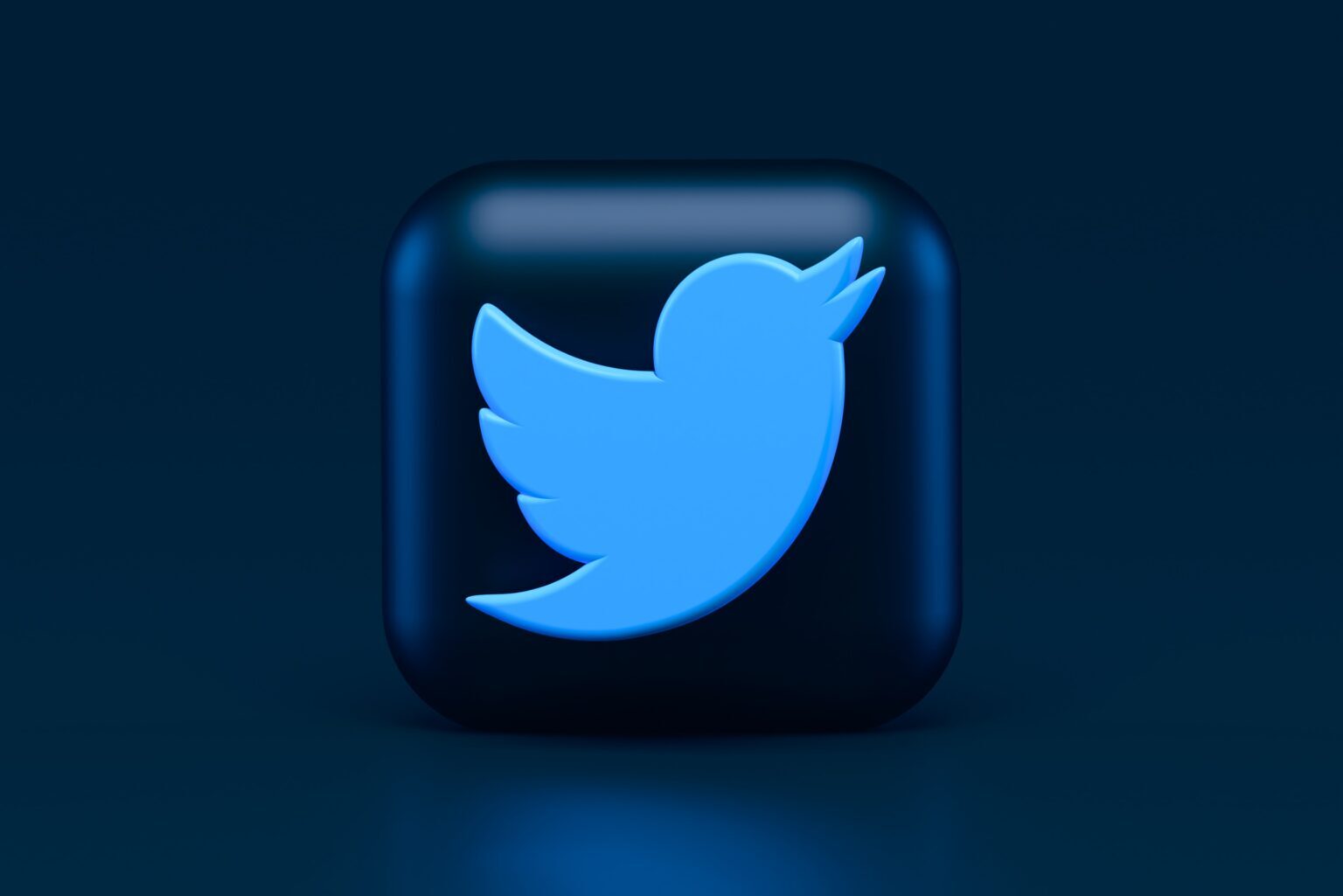In a win for cannabis marketing, Twitter announced earlier this year that it will allow cannabis companies to market their brands and products on its U.S. platform through paid advertising. Previously, only hemp-derived CBD topical products with less than 0.3% THC were permitted to be advertised on the platform. The move represents a major pivot within social media given that other platforms including Instagram, Facebook, and TikTok still prohibit cannabis advertising.
Twitter’s new policy comes with a caveat: although cannabis companies may promote their brand(s) by providing informational cannabis-related content for their products or services, they cannot promote cannabis or the sale thereof. This means advertising cannot include any efficacy or health claims and may not depict the use of cannabis. After receiving feedback from its initial rollout, Twitter revised its policy to allow advertising to feature packaged cannabis products and links to webpages owned and operated by the company. However, it remains unclear from the policy and Twitter’s press release what “featuring packaged cannabis products” entails. Promotion of drugs or drug paraphernalia is still prohibited on Twitter.
Cannabis companies interested in advertising on the platform must:
- Have the proper licenses;
- Receive prior authorization from Twitter;
- Not promote or offer the sale of cannabis;
- Only target locations where they are legally licensed to operate;
- Comply with all applicable laws, rules, regulations, and advertising guidelines; and
- Most importantly, not target customers under the age of 21.
The advertising must not appeal to minors or use characters, sports-persons, celebrities, or images/icons that may appeal to minors. Additionally, because cannabis companies cannot target customers under the age of 21, they must opt out of the Twitter Audience Platform (TAP). TAP is a platform that allows advertising campaigns to reach other applications and platforms outside of just Twitter using age, gender, device, operating system, and location targeting.
While Twitter’s change in policy is certainly welcome news for the cannabis industry, operators may still need to proceed with caution before testing the waters. Many state-licensed cannabis programs place strict advertising and marketing restrictions on businesses. While there are similarities in these restrictions from state to state, there are also unique and significant differences that make it difficult to scale marketing and advertising practices. Businesses should carefully analyze the rules and regulations for each jurisdiction in which they operate before determining whether they can advertise on Twitter, as well as whether they are subject to restrictions on advertising content or other limitations.
It remains to be seen whether other platforms will follow Twitter’s lead in relaxing their advertising policies. And although Twitter’s move reflects the country’s continued shift toward greater acceptance of cannabis use, regulators will no doubt be keeping close watch on the platform. Businesses looking to jump on this new marketing opportunity should work with experienced counsel to ensure their advertising initiatives comply with both state and federal consumer protection laws.
* Jennifer Tran contributed to this post.
Greg works with Cannabis, CBD, and Hemp clients, advising both licensed operators and ancillary businesses on how to navigate the complex, highly regulated, emerging cannabis and hemp industries.



